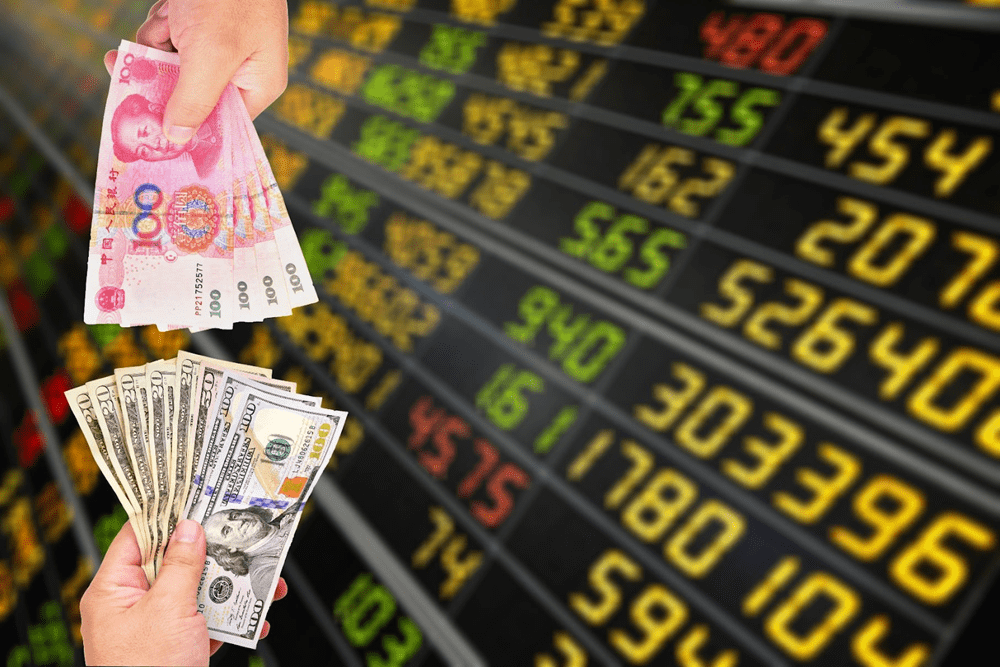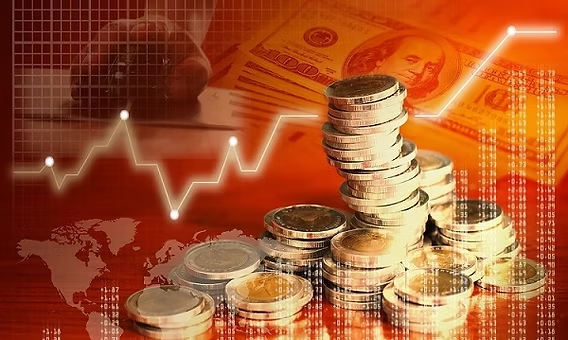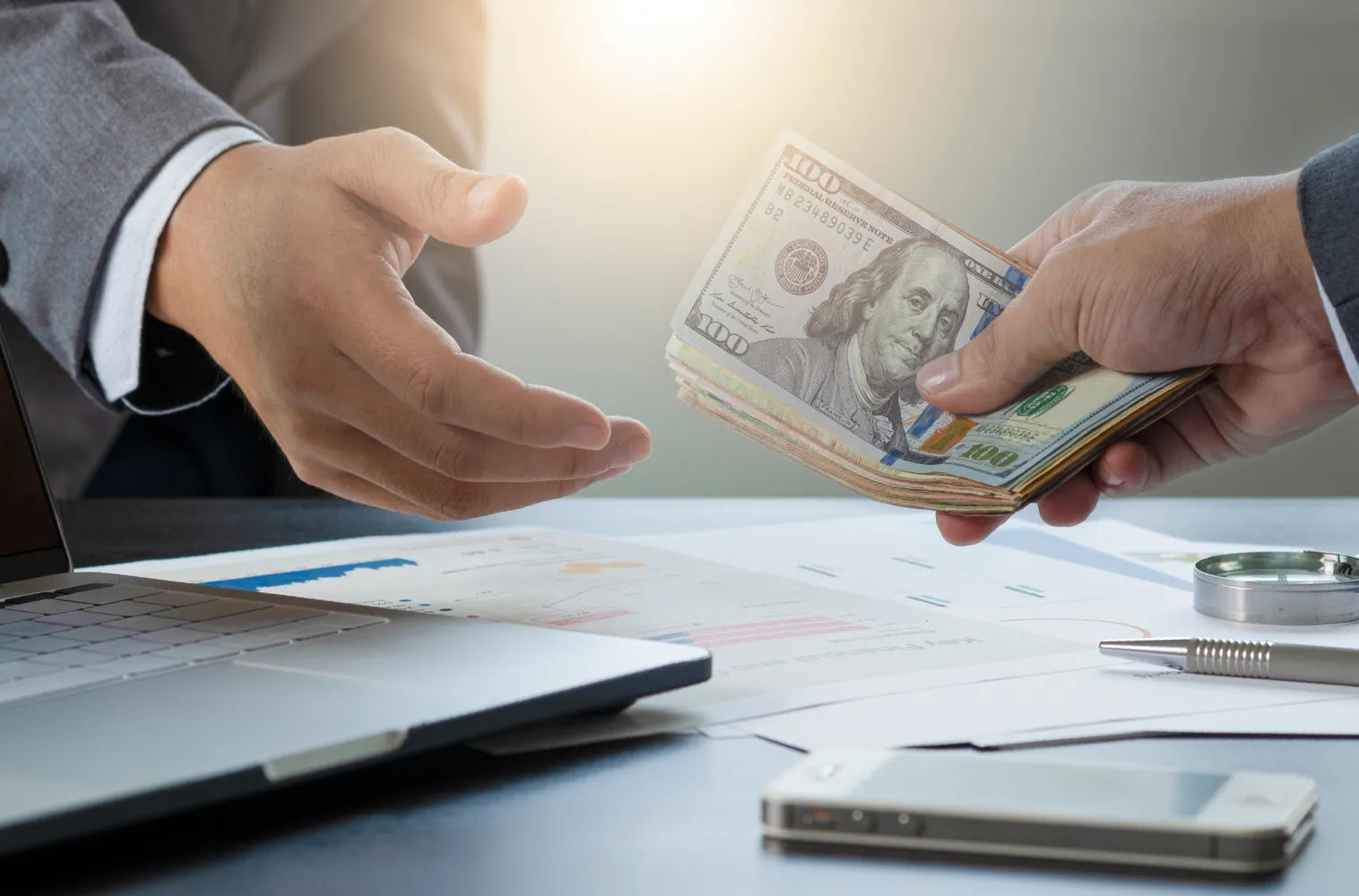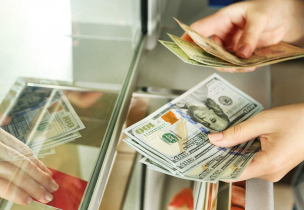Discover the best time to exchange currency in Vietnam with our comprehensive guide. Learn how to save money, avoid fees, and find the best rates for your travel or business needs.
See moreWhether you are traveling abroad, shopping online in foreign retailers, or transferring money internationally, exchange rates play a crucial role in determining how much value you actually receive. Many people unknowingly lose money because they accept unfavorable conversions. Learning how to avoid bad exchange rates is not just about saving a few dollars—it can make a significant difference in your overall budget, especially when dealing with large amounts.
In this comprehensive guide, we’ll explore everything you need to know about exchange rates, the hidden traps to watch out for, and practical strategies to maximize your money.
Why Understanding Exchange Rates Matters
Exchange rates fluctuate daily based on global economic conditions, political events, and market demand. While small variations may seem insignificant, even a 1–2% difference can add up quickly. For example:
-
If you exchange $2,000 for a vacation, a bad rate could cost you $40–$60 instantly.
-
International businesses transferring $50,000 could lose hundreds simply because they didn’t research how to avoid bad exchange rates.
Being aware of these differences is the first step toward protecting your money.

Common Mistakes That Lead to Bad Exchange Rates
Before we dive into strategies, let’s look at the common errors people make:
-
Exchanging at airports or hotels – Convenience often comes with inflated rates.
-
Falling for “zero commission” ads – Providers may hide costs in poor conversion rates.
-
Using credit cards with foreign transaction fees – An extra 2–3% can quickly add up.
-
Accepting Dynamic Currency Conversion (DCC) – Paying in your home currency abroad usually means worse rates.
-
Failing to compare providers – Banks, money transfer apps, and exchange offices rarely offer identical deals.
Understanding these pitfalls will make it much easier to learn how to avoid bad exchange rates.
How to Avoid Bad Exchange Rates: Proven Strategies
Always Compare Exchange Rates
The easiest way to save money is by comparing options before making a transaction. Online tools and currency converter apps show live rates so you can identify who offers the best deal.
Example: Bank A may offer $1 = €0.88, while an online service like Wise gives you $1 = €0.91. For $1,000, that’s a €30 difference just by choosing the better provider.
Comparisons are the foundation of how to avoid bad exchange rates.
Beware of Hidden Fees
Many exchange services advertise attractive rates but include hidden costs. These may come in the form of:
-
Commission charges
-
ATM withdrawal fees
-
Poor rates disguised as “convenience”
When evaluating options, look at the final amount received, not just the displayed rate. This transparency is critical in mastering how to avoid bad exchange rates.
Plan Ahead and Avoid Last-Minute Exchanges
Waiting until the last minute, such as exchanging money at the airport, often means you’ll pay more. Planning your exchange a few days or weeks in advance allows you to:
-
Track rate fluctuations
-
Choose online transfers instead of in-person kiosks
-
Avoid the desperation tax of “convenience fees”
Good timing is an underrated but powerful method for how to avoid bad exchange rates.
Use Specialist Online Platforms
Fintech services like Wise, Revolut, OFX, and PayPal Xoom often beat traditional banks in both rates and transparency.
Benefits include:
-
Mid-market exchange rates (the real market value without hidden markups)
-
Low flat fees
-
Quick and convenient transfers via apps
If you frequently send money abroad, using these services is one of the smartest ways for how to avoid bad exchange rates.
Choose the Right Credit or Debit Card
Not all cards are equal when it comes to foreign spending. Many credit cards charge 2–3% as a foreign transaction fee, while travel-focused cards eliminate this cost.
Tips:
-
Look for cards with no foreign transaction fees
-
Choose banks that use the interbank rate instead of adding their own markup
-
Always pay in the local currency, not your home currency
This approach is essential in the long-term strategy for how to avoid bad exchange rates.

Watch Out for Dynamic Currency Conversion (DCC)
When shopping abroad, you may see a prompt asking: Would you like to pay in your home currency? It might sound easier, but this is a classic trap.
Merchants or ATMs applying DCC often use inflated rates, meaning you’ll pay more. The smarter choice is to always select the local currency and let your bank or card provider handle the conversion.
If you’re serious about how to avoid bad exchange rates, avoiding DCC is non-negotiable.
Monitor Exchange Rates in Advance
Exchange rates rise and fall daily. By monitoring them over time, you can spot favorable trends. Many apps allow you to set alerts so you know exactly when your desired rate is available.
-
Example: If you’re sending money abroad in three months, start tracking now. Waiting for the right moment could save you hundreds.
Patience and planning are often overlooked, but they are vital in learning how to avoid bad exchange rates.
Exchange Larger Amounts at Once
Exchanging small amounts multiple times might seem flexible, but it often means paying repeated fees. Instead, converting a larger sum in one go reduces overall costs.
This method works best for long trips, business expenses, or large transfers where savings become more significant. It’s a practical tactic for how to avoid bad exchange rates.
Stay Informed About Economic Events
Currency values are influenced by:
-
Interest rate decisions
-
Inflation data
-
Political developments
-
Global crisis
Keeping an eye on financial news can help you anticipate rate movements. While predicting markets perfectly is impossible, awareness allows you to make smarter decisions about how to avoid bad exchange rates.
Use Local Bank Accounts If Possible
For expats, international students, or frequent travelers, opening a local bank account in your destination country can save you money. This eliminates constant conversions and allows you to hold funds in multiple currencies.
Multi-currency accounts offered by banks and fintech apps are excellent solutions for how to avoid bad exchange rates.
FAQs About Avoiding Bad Exchange Rates
Is it better to exchange money before traveling or after arriving?
Generally, it’s better to exchange some money before you travel for immediate expenses. For larger amounts, online transfers or local banks at your destination may provide better rates.
Are online money transfer services safe?
Yes, reputable services like Wise or OFX are regulated and secure. Always check reviews and ensure the platform is licensed before using it.
How often do exchange rates change?
Rates fluctuate constantly, sometimes by the minute. That’s why tracking and comparing is essential for how to avoid bad exchange rates.
Can loyalty programs or travel cards help?
Yes. Many travel cards provide perks like free ATM withdrawals, waived fees, and better exchange rates, making them valuable tools.

Conclusion
Bad exchange rates are a silent cost that can drain your finances during travel, online shopping, or international money transfers. By planning ahead, comparing providers, avoiding hidden fees, and using smarter tools, you’ll know exactly how to avoid bad exchange rates.
With a little awareness and strategy, you can keep more of your money where it belongs—your pocket.



